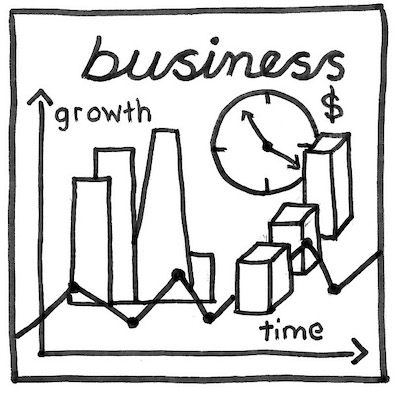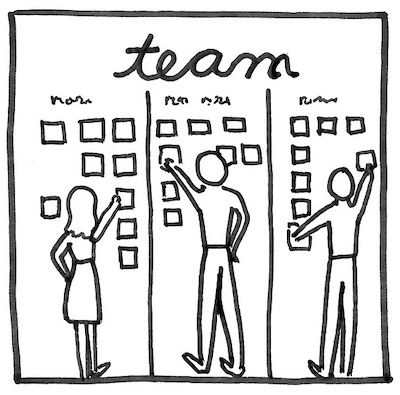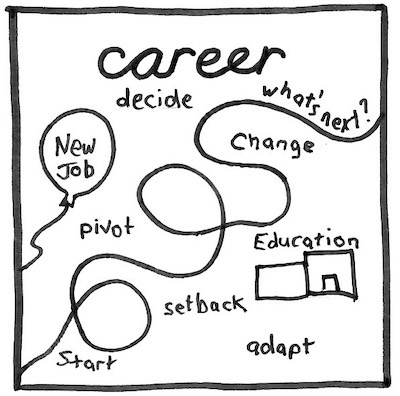
Workplace agility affects multiple many parts of companies. It affects individuals, careers, teams, and the entire company.
My article, originally published in the Daily Herald on this topic included four types of agility within organizations.
Businesses live and die via their ability to compete, stay current, make strategic adjustments and evolve with trends.
Executives and their careers are bound by the same rules. Clever nimble responses lead to competitive advantages for a growing number of organizations and individuals pointing to a rising trend: agile transformation. For you, your organization, and your teams.
According to a Deloitte survey, 94 percent of business and HR professionals across 140 countries (10,400 respondents) report agility is critical to their success. Yet only 6 percent say they are “highly agile” today.
Riding the wave of this important trend could make the difference between strategic brilliance or an unpleasant demise. Adopting agile transformation will enable sustainable companies and careers.
Where do you begin? Let’s start with a few definitions.
Types of Workplace Agility
1. Business Agility
According to Pamela Meyer, agile innovation catalyst and author of The Agility Shift
“An agile business is any team organization that responds to unplanned or unexpected events, and then turns them into opportunities.”
For corporate adoption workplace agility must be a top strategic priority where traditional command and control leadership practices are abandoned.
As Pamela states,
“There must be an effort to improve communication, collaboration, and coordination within nimble teams.”

Yet there is a caution. Not every company will benefit from this type of structure, and it is not relevant for all functional areas.
Some HR departments are experimenting with small projects. And an open-source global marketing group formalized agile marketing principles in 2012.
2. Team Agility

Elaine Pulakos is the author of four performance management books and CEO of PDRI. She suggests,
“Integrated cross-functional teams need to work like a symphony orchestra. Do your part flawlessly, and at the right time with your project owner.”
According to Pulakos, agile teams require “ARA, Adaptability, Resilience, and Agility.” Teams need to “handle emergencies, switch gears, exhibit continuous learning, and adapt to different cultures and environments.”
These small, entrepreneurial teams drive increased customer focus, higher team productivity, increased morale, and lower risk. Examples include Netflix’s evolving customer-centric business model and Amazon’s focus on efficient product delivery and movement into other businesses like Whole Foods.
3. Individual Agility
Agile thinking in the workplace expands the agile definition — able to move quickly and easily — to include smart business reactions and responses in the face of uncertainty. Known as leadership agility, these valued traits complement high performance behaviors required of business leaders.
Korn Ferry, a global organizational consulting firm defines learning agility: the ability and willingness to learn from experience and then apply that learning to perform successfully in new situations.
Jeanne Meister, founder of Future Workplace and author of The Future Workplace Experience, describes agile as
“An iterative way of solving a problem and not assuming you have the answer.” She says, “The answer resides with the end user.”
Getting close to the customer is key to create new products and services, attracting and retaining customers.
4. Career Agility

Career decisions, when influenced by persistent change will determine your long-term relevance. Like the business environment, your ability to adapt is crucial for your personal success.
After conducting research on how people respond to or don’t respond to change in their careers, I created a definition.
“Career agility is a self-reflective, iterative career path guided by response to change, evolving job roles, and designed to optimize creativity, growth, and happiness.”
The seven principles in the agile career development model include: project mindset, idea zone, A/B tests, parallel pursuits, feedback squad, career brand optimization, and response to change.
Conclusion for Workplace Agility
In summary, workplace agility trends will change the way we work and how we work in the future. Agile transformation will affect leaders and workers at individual and organizational levels.
Related posts:
Career Path: Fear, Uncertainty, and Change Walked into a Bar…
Career Moves and What Sir Isaac Newton Got Right
If you are interested in the future of work, career development, the workplace, personal branding, workforce trends/ideas, agility, or how to cultivate happy profitable employees, subscribe to Marti’s 52 Ideas. Fore more details on career agility, check it out here.
You can also check out the best-selling book on Amazon, Activate Your Agile Career: How Responding to Change Will Inspire Your Life’s Work.
